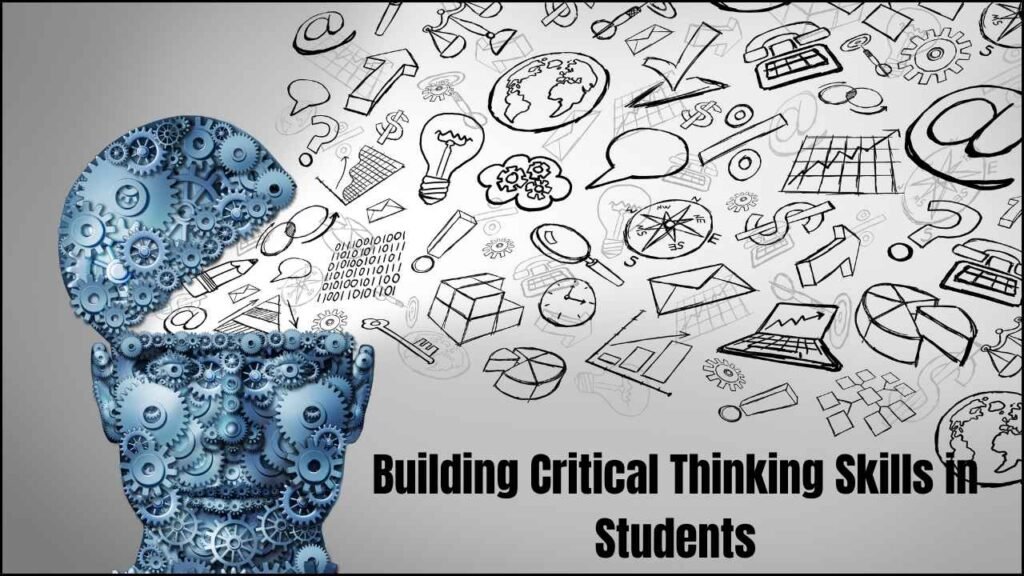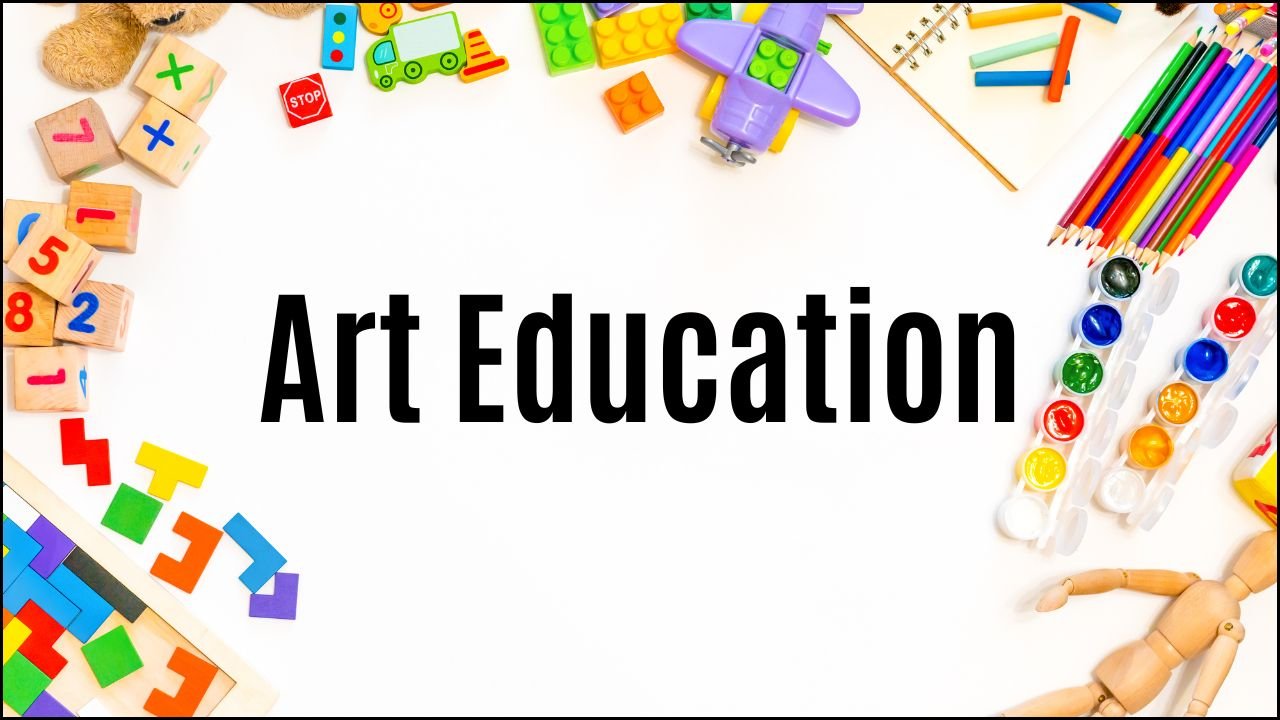
Strong critical thinking prepares students for real-life challenges. Developing these skills helps them analyze situations, make sound decisions, and solve problems confidently. Educators can build critical thinking using engaging activities and proven classroom management techniques. A balanced and interactive learning environment is key to shaping young minds that think logically, question deeply, and act thoughtfully.
Table of Contents
Key Techniques to Develop Critical Thinking Skills
- Modeling Ideal Behavior
Students learn how to think critically by observing their teachers.- Demonstrate respectful conversations.
- Use polite, clear language during discussions.
- Encourage listening without interruption.
- Constructively raise questions.
- Discuss what critical thinking looked like in the modeled interaction.
- Letting Students Create Guidelines
Student-generated rules support logical reasoning and ownership.- Begin with a class discussion on acceptable behavior.
- Ask for student input about noise levels, phone usage, etc.
- Reflect on suggestions together and finalize fair rules.
- Develop thinking through reasoning and justification of each rule.
- Documenting and Displaying Rules
Written rules serve as references and reinforce logical consistency.- Share printed rules created by students.
- Review the rules aloud as a class.
- Display them in the classroom for easy access.
- Encourage students to refer to them when conflicts arise.
- Avoiding Collective Punishment
Individual accountability helps students analyze actions fairly.- Address disruptive students privately or individually.
- Use respectful phrases: “Do you need help focusing?”
- Promote critical thinking by guiding students to reflect on their behavior.
- Protect trust with students who are following the rules.
- Encouraging Student Initiative
Independent tasks grow problem-solving and decision-making abilities.- Let interested students work ahead.
- Invite students to teach key points from the next chapter.
- Allow small research tasks and short presentations.
- Create an environment where students seek challenges.
- Praising Specific Efforts
Clear praise strengthens positive thinking habits.- Recognize effort, not just results.
- Mention specific skills: “You found all the main points in the article.”
- Reinforce behavior that shows analysis and attention to detail.
- Help others learn what types of behavior earn recognition.
- Using Non-Verbal Communication
Visual and physical tools stimulate deeper thinking.- Use hand gestures to emphasize ideas.
- Provide charts, models, or infographics for abstract topics.
- Create rotating stations to explore materials hands-on.
- Foster independent inquiry through multisensory tasks.
- Hosting Reward-Based Activities
Positive reinforcement motivates students to meet goals.- Organize occasional parties to celebrate achievements.
- Set clear links between classroom efforts and rewards.
- Encourage team goals to promote community thinking.
- Let students suggest games that challenge reasoning.
- Providing Tangible Rewards
Recognition builds confidence and encourages thoughtful behavior.- Offer tickets or points for critical thinking and focus.
- Let students exchange points for small weekly prizes.
- Make the reward reasons clear to the whole class.
- Promote fairness and reflection through this structured system.
- Sending Positive Messages Home
External feedback improves motivation and thinking habits.- Call or write notes to families about student progress.
- Share examples of good analysis or behavior.
- Boost home support and encourage continued growth.
- Show students that thoughtful actions are valued by all.
Classroom Activities to Strengthen Critical Thinking
| Activity Name | Purpose | Description |
|---|---|---|
| Think-Pair-Share | Builds reasoning and communication | Students think about a question, discuss with a partner, and then share ideas aloud. |
| Socratic Questioning | Promotes deep thinking and justification | Ask open-ended questions like “Why do you think that?” or “What’s another view?” |
| Problem-Based Scenarios | Encourages analytical thinking | Present real-world problems for students to solve in groups. |
| Debate Clubs | Develops logic and persuasive argument skills | Assign topics and roles for structured, respectful debates. |
| Brainstorming Sessions | Fosters creative thinking and collaboration | Students generate multiple solutions to a challenge without judgment. |
| Ranking Exercises | Supports decision-making skills | Ask students to rank items (like survival tools) and explain their reasoning. |
| Role-Play Situations | Builds empathy and critical judgment | Act out social or historical events, discussing different points of view. |
| Visual Thinking Tools | Enhances analytical and organizational skills | Use graphic organizers like mind maps or Venn diagrams to compare ideas. |
Effective Strategies That Support Critical Thinking
| Strategy | Benefits of Critical Thinking |
|---|---|
| Classroom Discussions | Allows students to hear different views and defend their own opinions. |
| Open-Ended Questions | Encourages explanation and deeper understanding. |
| Wait Time After Questions | Gives students time to think before answering. |
| Reflection Journals | Helps students track and evaluate their learning journey. |
| Small Group Projects | Teaches teamwork, analysis, and division of responsibility. |
| Choice-Based Assignments | Promotes ownership and decision-making. |
Common Mistakes That Block Critical Thinking
| Bolded Mistake | Impact |
|---|---|
| Over-Reliance on Rote Learning | Prevents students from understanding or applying concepts. |
| Punishing Questions | Discourages curiosity and open discussion. |
| Focusing Only on Correct Answers | Ignores the reasoning process and exploration of ideas. |
| Skipping Group Work | Misses chances to evaluate and revise thinking through dialogue. |
| Lack of Feedback | Leaves students unaware of their strengths and areas to improve. |
Classroom Environment for Critical Thinking
- Respect and Trust
A safe space allows students to take risks and share ideas without fear. - Flexibility
Choice in tasks helps students think about their interests and strengths. - Consistency
Regular routines build structure, so students focus their energy on thinking tasks. - Encouragement
Teachers who believe in students’ ability inspire deeper thought and perseverance.
The Way Forward
Building critical thinking in students requires intentional effort and creativity. Practical strategies like modeling behavior, offering choice, and encouraging reflection make a lasting difference. Activities such as debates, brainstorming, and problem-solving prepare students to think clearly, question boldly, and solve problems efficiently. A well-managed classroom with thoughtful practices creates young thinkers ready to thrive in any field.





